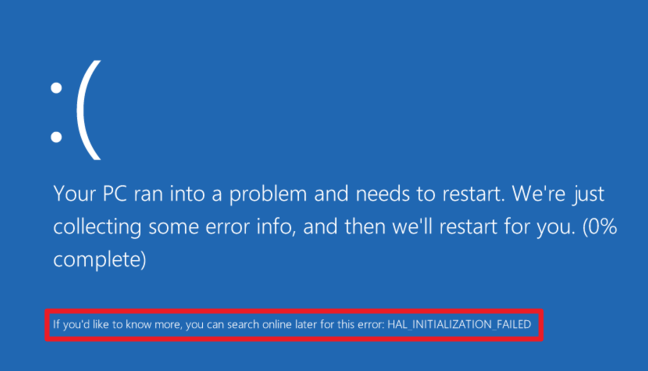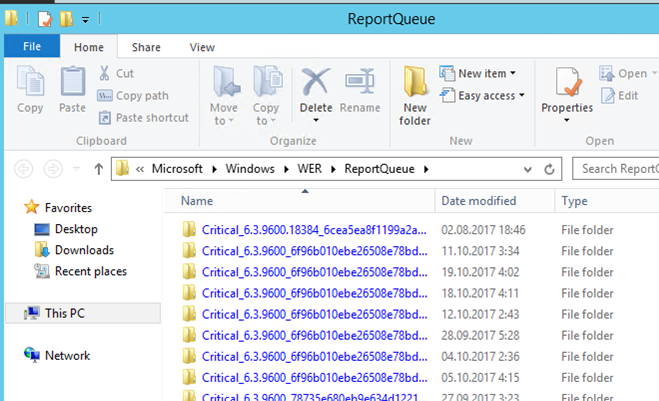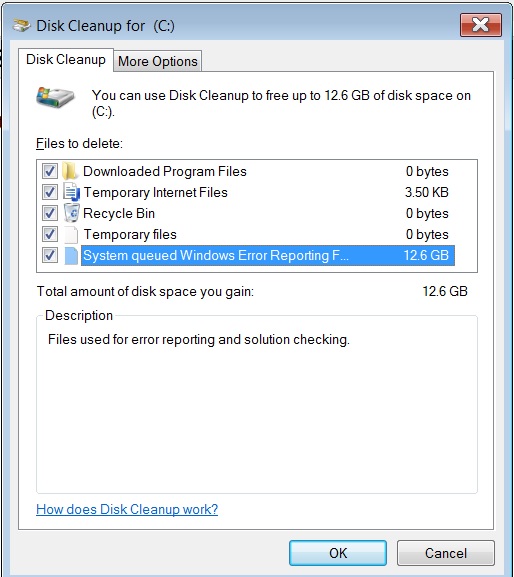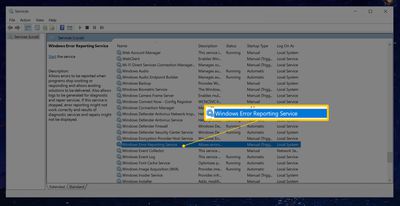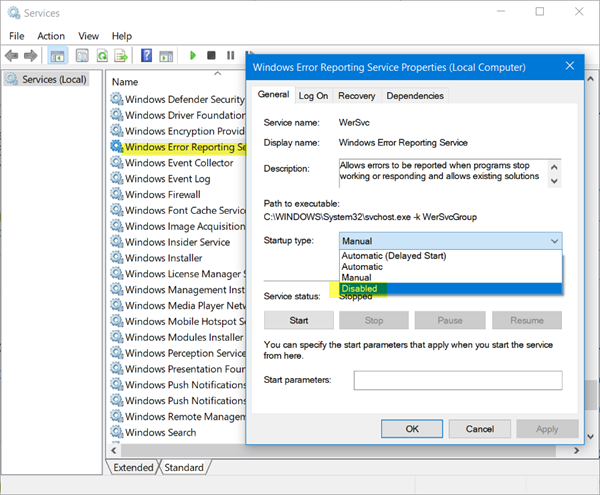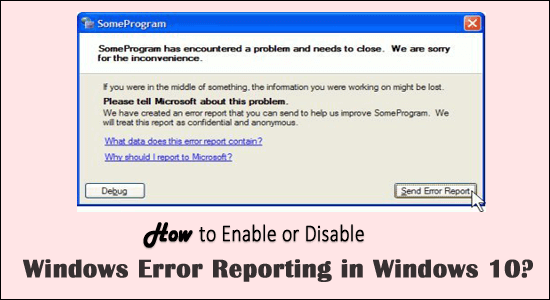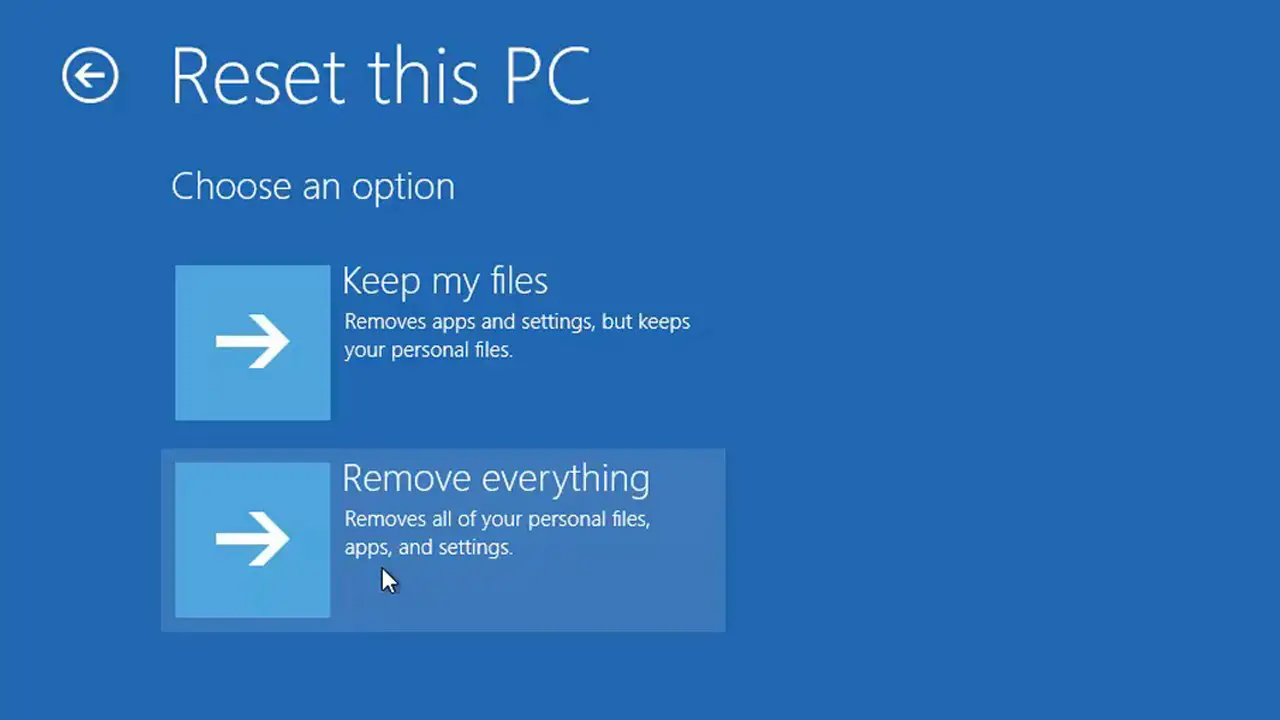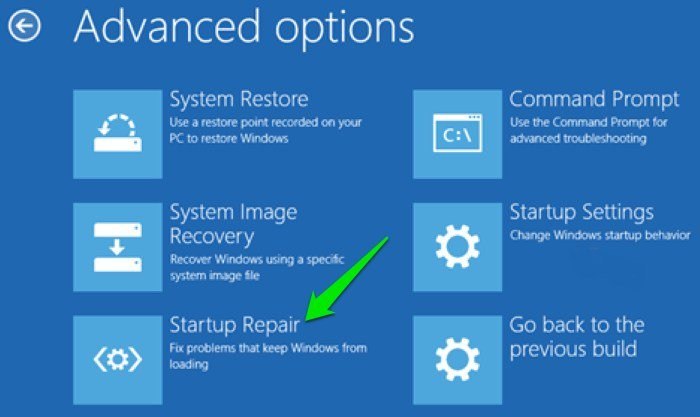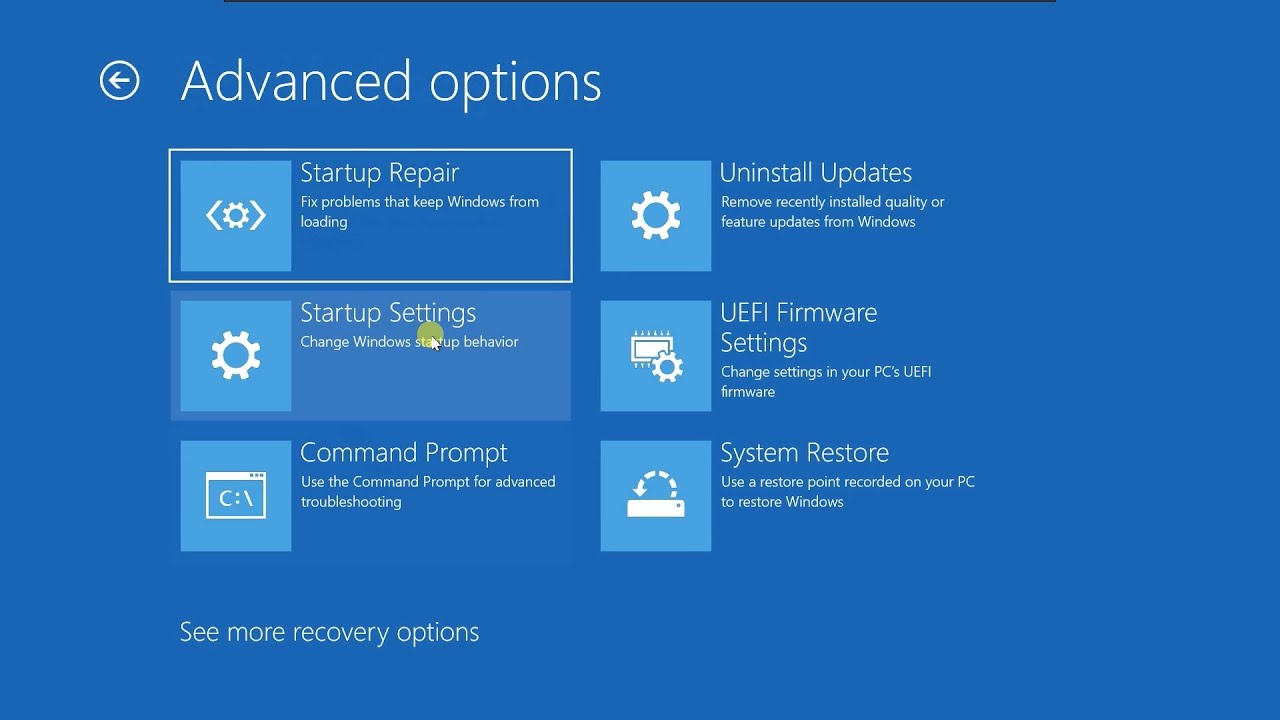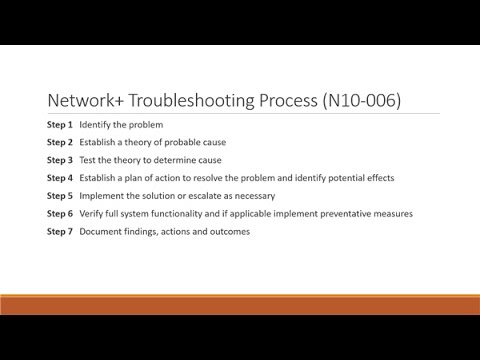What causes Windows 10 blue screen?
Typically, BSODs result from driver software or issues with hardware. Apps that crash sometimes cause blue screens of death if they’re broken or flawed. Windows creates what’s known as a minidump file when a BSOD happens. This file contains information about the crash and saves it to the disk. How do I fix a blue screen on Windows 10? You …

